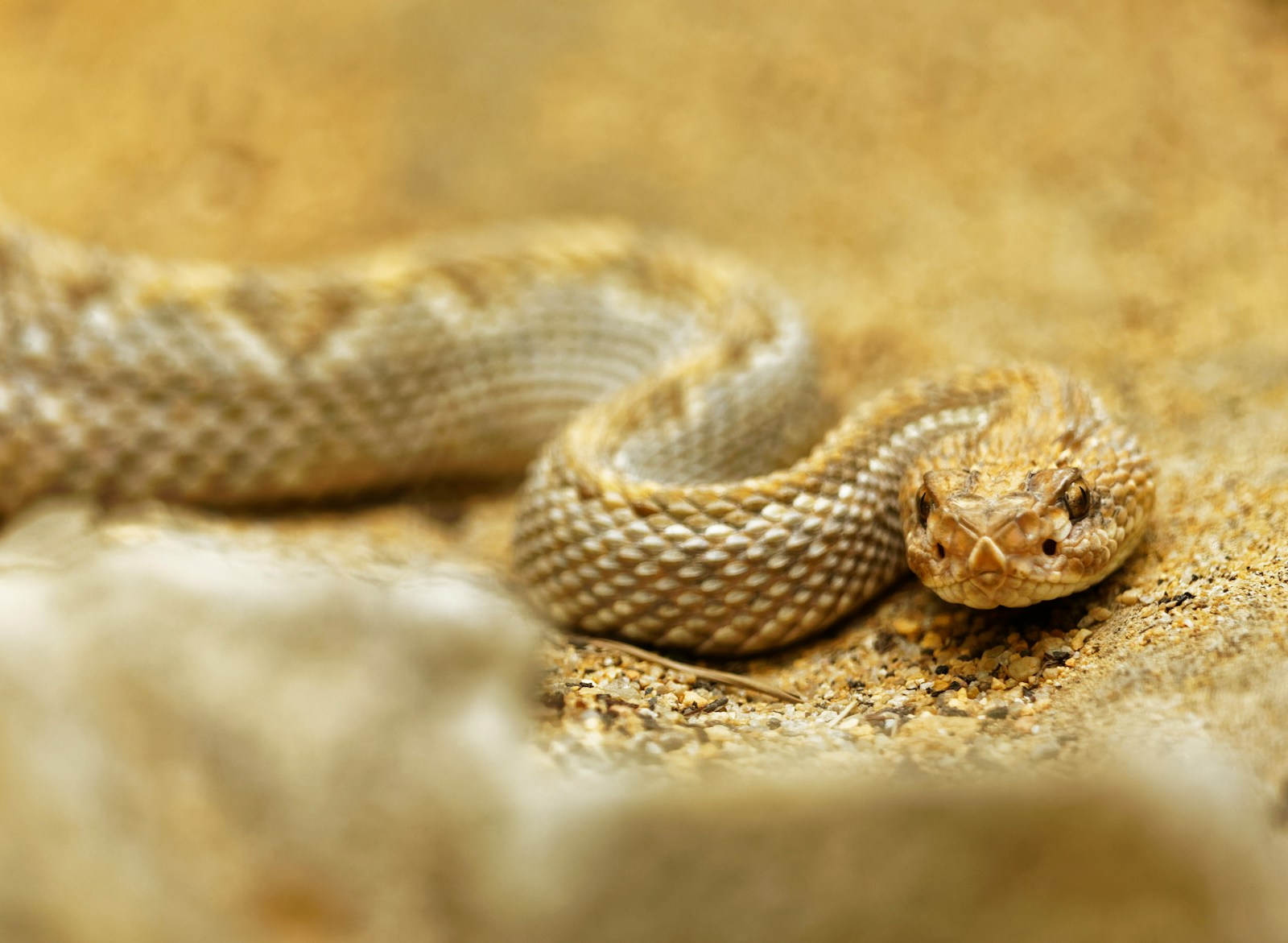In the scorching heat of desert environments, animals have evolved remarkable adaptations to survive extreme temperatures. Among these fascinating creatures is the sidewinder rattlesnake (Crotalus cerastes), which has developed an extraordinary method of locomotion to navigate blazing hot sand dunes. Rather than simply slithering across the sand like most snakes, the sidewinder employs a unique sideways movement that minimizes contact with the hot surface. Even more remarkably, when threatened by extreme temperatures, these snakes have been observed “sand surfing” or gliding down dunes to rapidly escape dangerous conditions. This specialized behavior represents one of nature’s most ingenious solutions to the challenge of desert survival, allowing these reptiles to thrive in environments that would be lethal to many other species.
The Desert Specialist: Meet the Sidewinder Rattlesnake
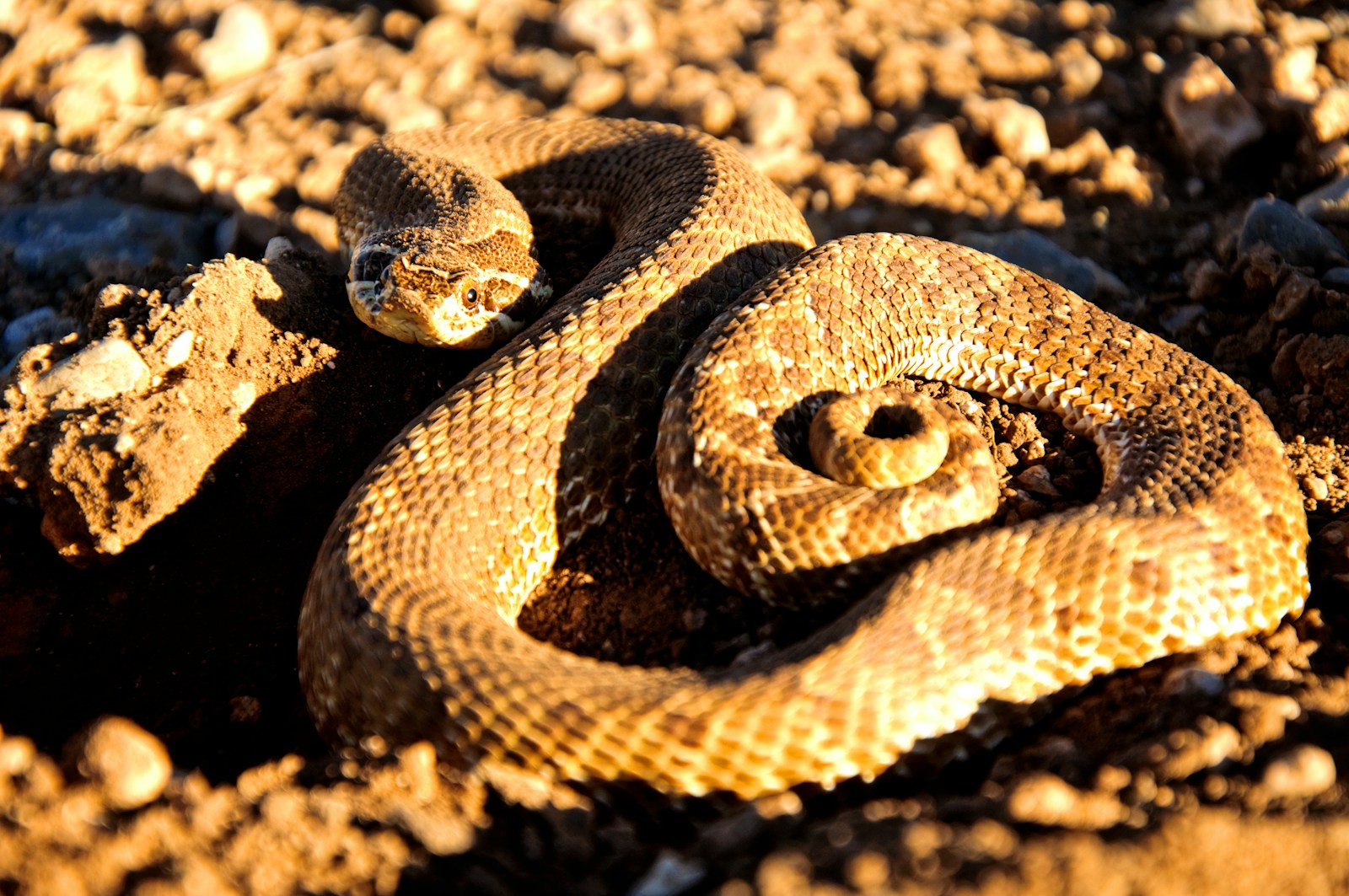
The sidewinder rattlesnake, scientifically known as Crotalus cerastes, is a small to medium-sized venomous pit viper native to the desert regions of the southwestern United States and northwestern Mexico. These specialized reptiles typically reach lengths of 1.5 to 2.5 feet, making them relatively small compared to many other rattlesnake species. Their bodies display a sandy or pale tan coloration that provides excellent camouflage against their desert environment, with darker diamond or rhomboid-shaped patterns along their backs. Perhaps their most distinctive feature is the raised, horn-like scales above each eye, earning them the nickname “horned rattlesnakes” and enhancing their already formidable appearance while possibly providing shade for their eyes in the harsh desert sun.
The Harsh Desert Environment: A Thermal Challenge
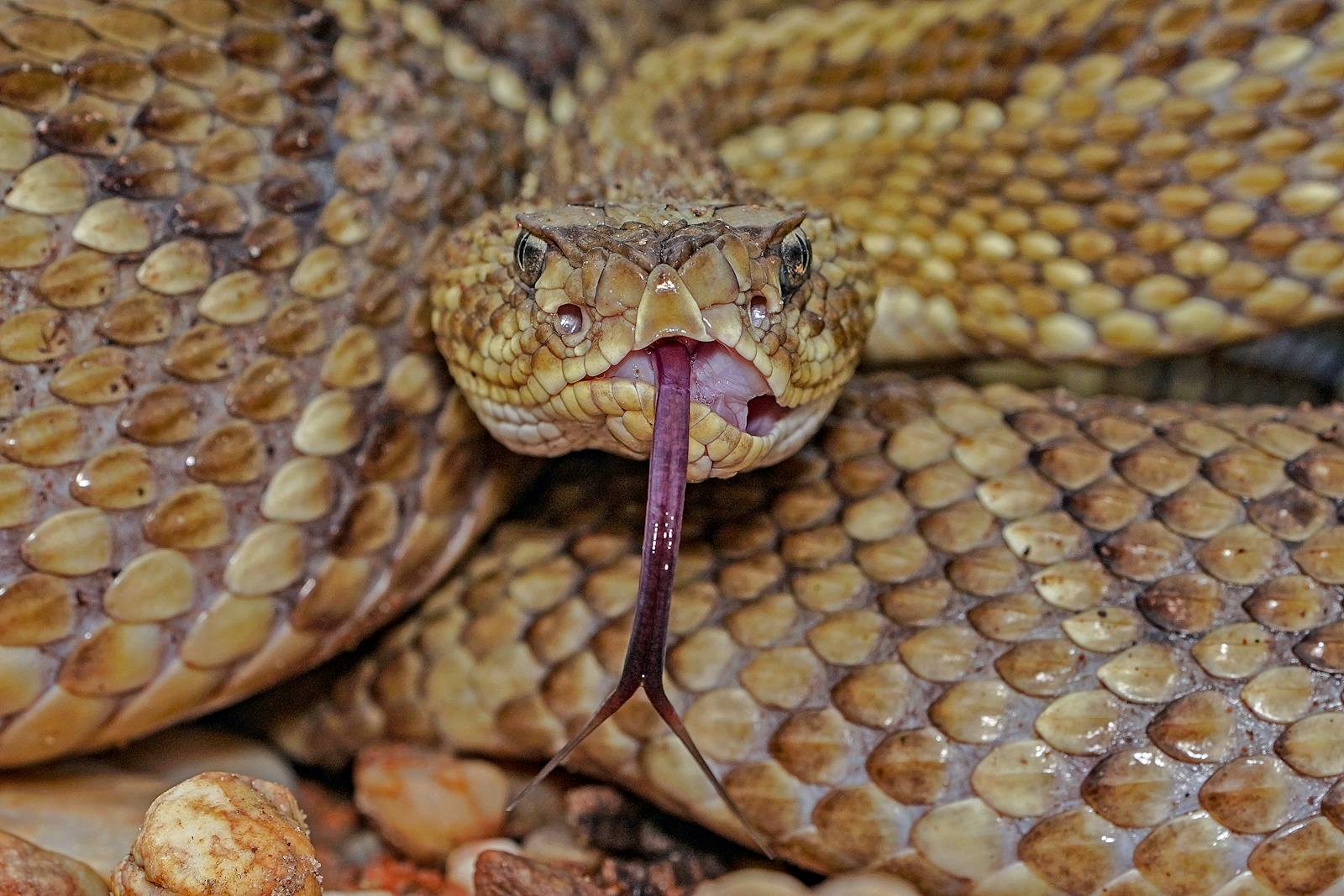
Desert environments present some of Earth’s most challenging conditions for animal survival, with temperature extremes that few creatures can withstand without specialized adaptations. During peak daylight hours, surface sand temperatures can reach a blistering 140°F (60°C), hot enough to cause severe burns or death to animals unable to escape the heat. For reptiles like the sidewinder, this presents a particular challenge since they are ectothermic, meaning they rely on external heat sources to regulate their body temperature. Without the ability to sweat or pant effectively, snakes must instead rely on behavioral adaptations to avoid overheating in these extreme conditions. The narrow thermal tolerance window of reptiles means that finding ways to escape the heat isn’t merely a matter of comfort—it’s essential for survival.
The Sidewinding Locomotion: A Desert Adaptation
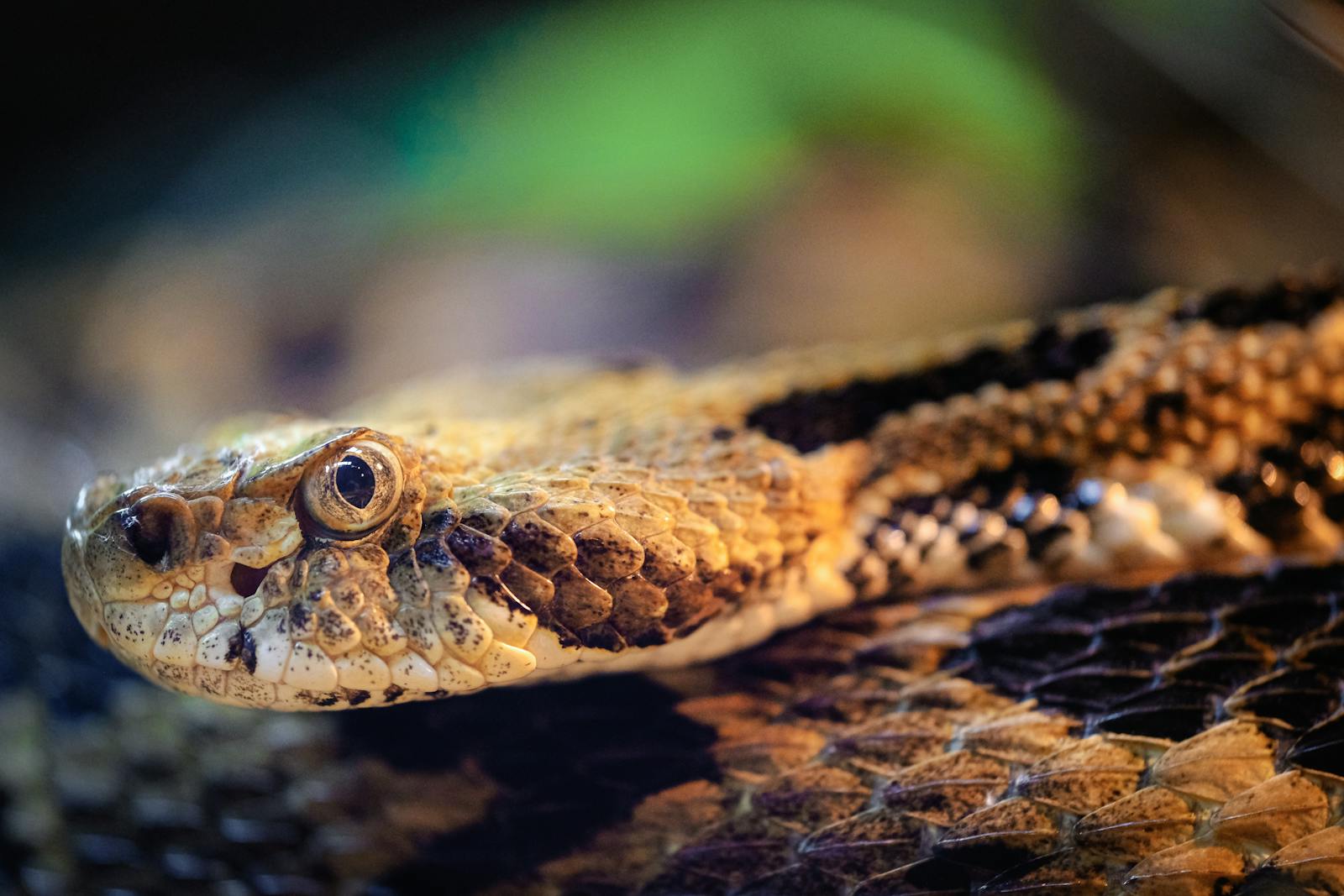
The sidewinder’s namesake movement pattern represents one of the most specialized forms of snake locomotion in the animal kingdom, specifically evolved for traveling across loose sandy substrates. Unlike the typical serpentine motion used by most snakes, sidewinding involves throwing the body into a series of J-shaped curves, with only two points of the body contacting the ground at any given moment. This distinctive movement minimizes the snake’s contact with the hot sand surface, reducing heat absorption and preventing the snake from sinking into loose sand. The tracks left behind by a sidewinding snake are immediately recognizable as a series of parallel, diagonal lines rather than the continuous S-pattern left by conventionally moving snakes. Research has shown that this specialized locomotion is approximately 35% more energy-efficient on sand than other snake movement patterns, making it an ideal adaptation for desert life.
Sand Surfing: The Ultimate Heat Escape Strategy

When faced with dangerously high temperatures, sidewinders employ an even more dramatic behavior: sand surfing or dune gliding. This remarkable behavior involves the snake positioning itself at the crest of a sand dune and initiating a controlled slide down the steep face of the dune, using minimal muscular effort. By elevating most of its body slightly above the sand surface and adopting a rigid, straight posture, the snake can descend rapidly while minimizing contact with the scorching substrate. Herpetologists have documented sidewinders reaching speeds of up to 3 feet per second during these descents, allowing them to quickly traverse extreme terrain while conserving energy. This behavior is typically observed during the hottest part of the day when the snake needs to rapidly relocate to cooler microhabitats without excessive exertion that would generate additional body heat.
The Physics Behind Sand Surfing
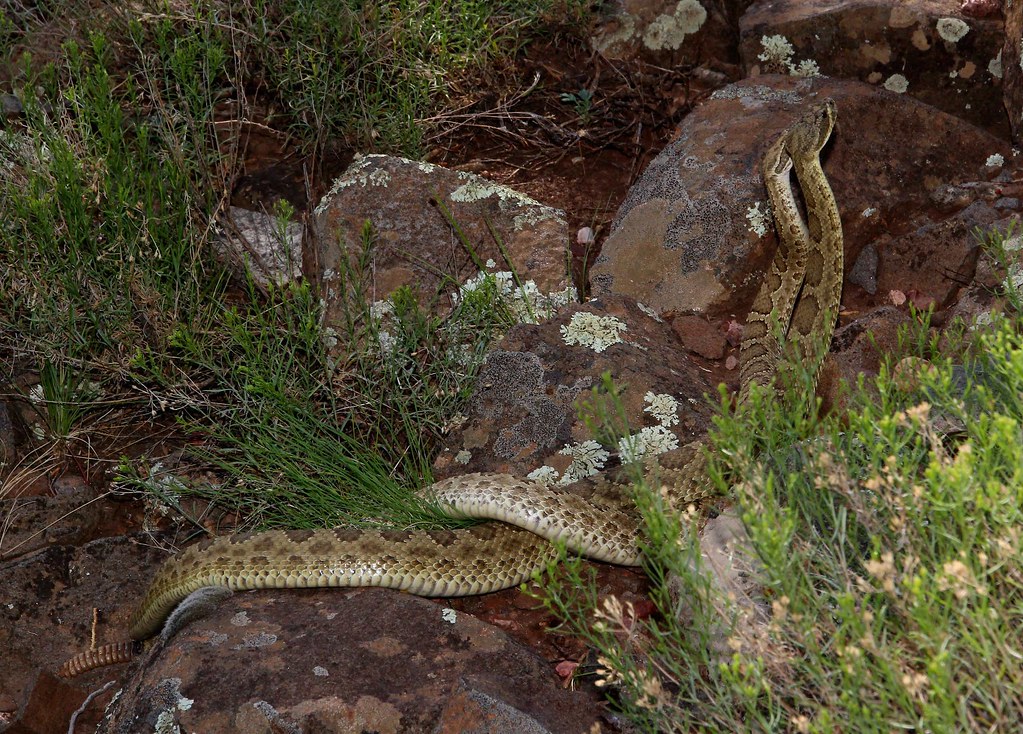
The physics underlying the sidewinder’s ability to glide down sand dunes involves a delicate balance of forces and the unique properties of flowing granular materials. Scientists studying this behavior have discovered that the snake maintains a specific body posture that maximizes the surface area available for sand resistance while minimizing friction. By keeping its body relatively straight and rigid, with slight undulations to maintain control, the snake essentially creates a living toboggan. The angle of descent is critical, with sidewinders typically choosing dune faces with slopes between 15-30 degrees, which provides the optimal balance between gravitational acceleration and controllable movement. Experimental studies using high-speed cameras have revealed that the snake makes minute muscular adjustments throughout the descent, similar to how a human skier maintains balance, allowing it to navigate around obstacles and adjust its trajectory without losing momentum.
Thermal Regulation: A Matter of Survival
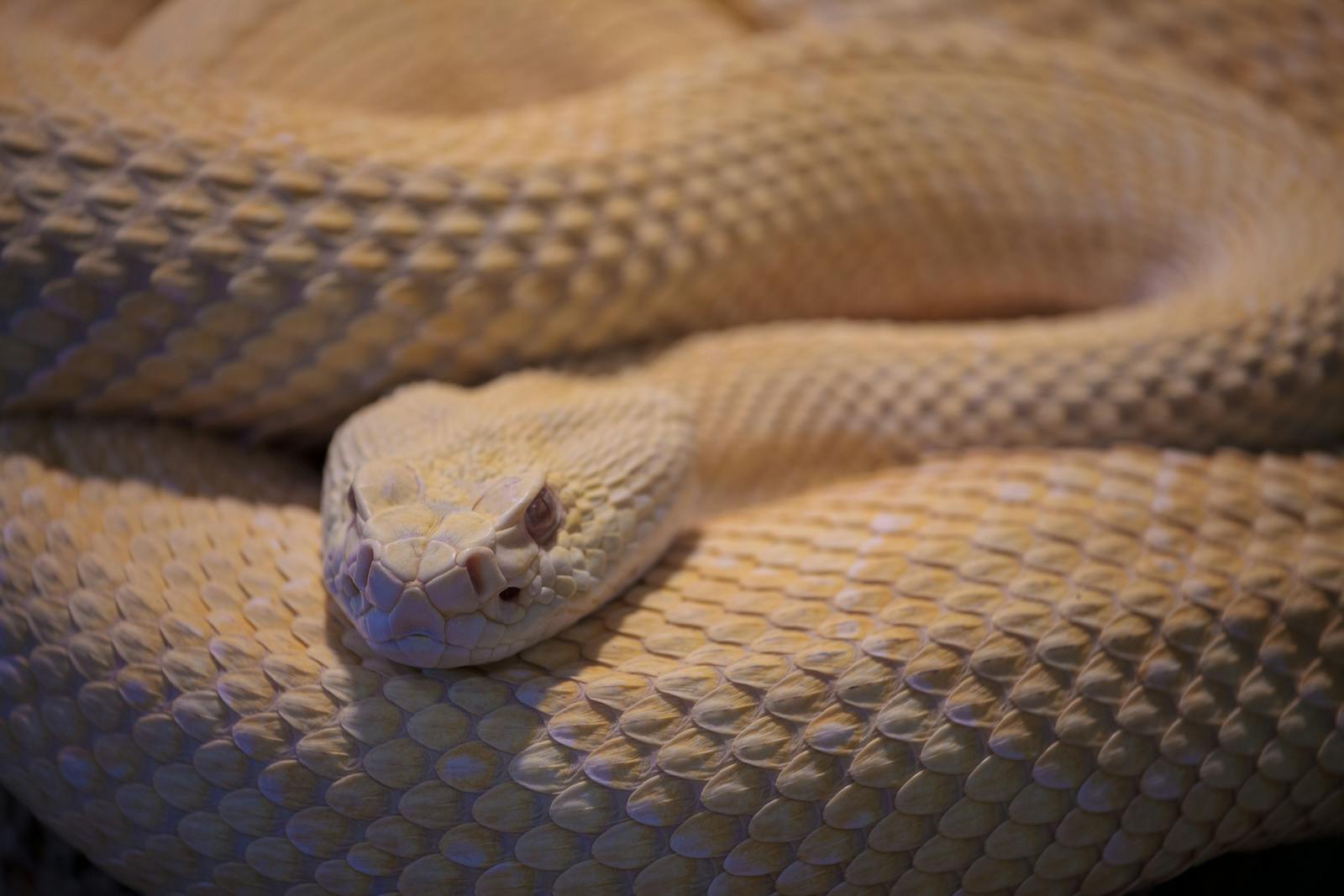
For sidewinder rattlesnakes, effective thermal regulation isn’t merely a comfort issue—it’s a life-or-death necessity in their harsh desert habitat. These reptiles have a preferred body temperature range of approximately 86-96°F (30-35°C), above which they risk potentially fatal hyperthermia. The sand surfing behavior represents an emergency measure when other cooling strategies prove insufficient during extreme heat events. Biologists have observed that sidewinders typically employ this technique when sand surface temperatures exceed 120°F (49°C), conditions that can occur regularly during summer months in their desert habitat. Thermal imaging studies have shown that during a typical sand surfing descent, a sidewinder can reduce its body temperature by as much as 3-4°F (1.5-2°C) in just seconds, potentially making the difference between survival and heat stress death during extreme temperature spikes.
The Role of Sand Dunes in Sidewinder Ecology

Sand dunes serve as more than just emergency escape routes for sidewinders—they represent essential microhabitats in the snakes’ overall ecological strategy. The three-dimensional structure of dune fields creates a complex thermal landscape with significant temperature variations over very short distances. The leeward faces of dunes often remain significantly cooler than sun-exposed surfaces, sometimes by as much as 20°F (11°C), providing critical thermal refuges. Sidewinders have demonstrated remarkable awareness of these thermal gradients, often positioning themselves precisely along the boundaries between sun and shade to fine-tune their body temperature. Research using radio-tagged individuals has revealed that sidewinders maintain mental maps of their dune habitats, remembering the locations of thermal refuges and efficient travel routes between hunting grounds and shelter sites across seasons and years.
Comparing Sidewinders to Other Desert Snakes
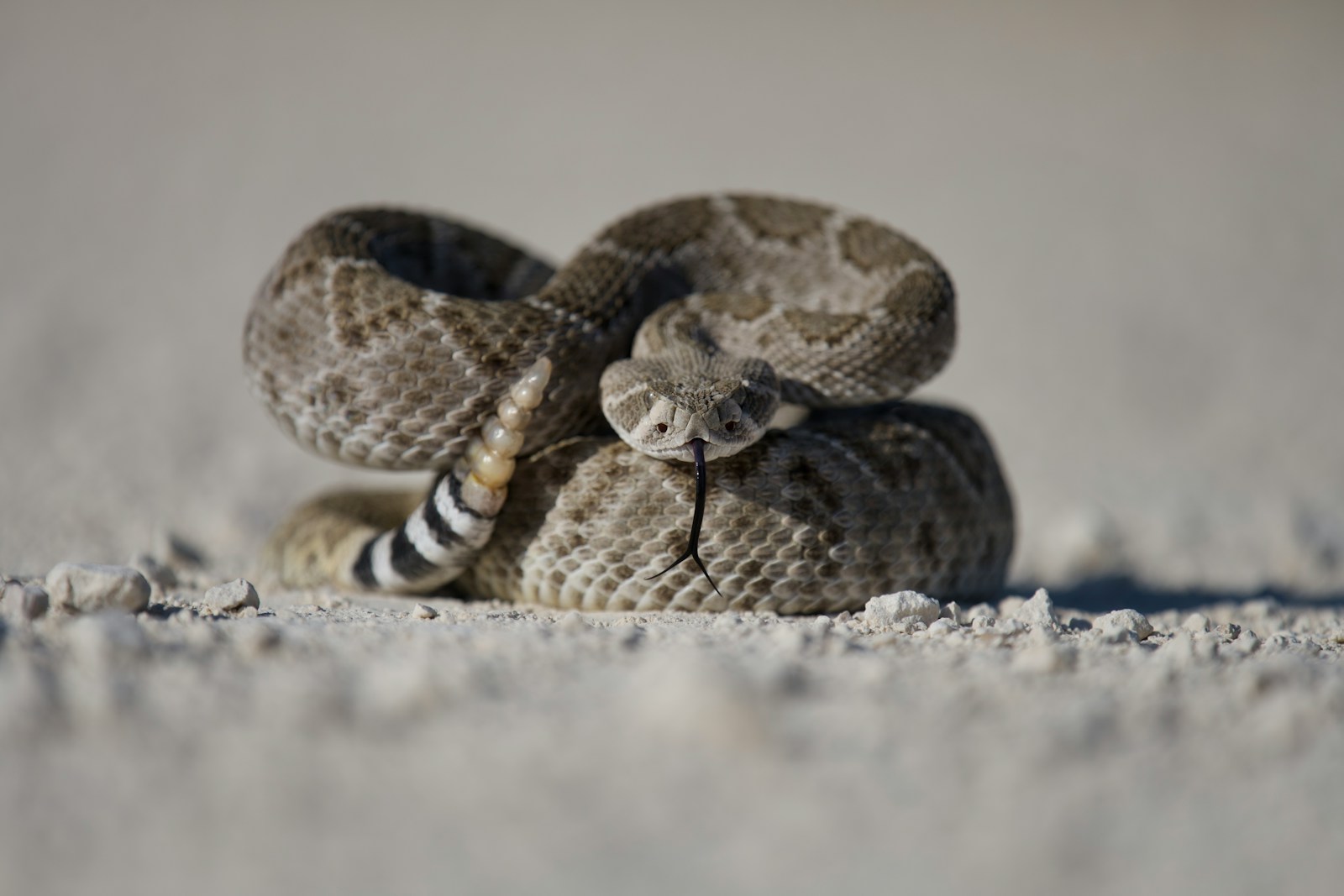
While several snake species inhabit desert environments, few have developed adaptations as specialized as the sidewinder’s sand-surfing capability. Comparative studies with other desert-dwelling snakes like the Mojave Desert sidewinder (Crotalus scutulatus) and the Saharan sand viper (Cerastes vipera) have highlighted the uniqueness of the sidewinder’s thermal management strategies. Most desert snakes rely primarily on seeking shade or retreating to burrows during extreme heat, behaviors that require significant energy expenditure as they travel across hot surfaces. The sidewinder’s sand surfing behavior represents a more energy-efficient solution, allowing rapid transit with minimal muscular exertion during the most thermally stressful conditions. Additionally, the sidewinder’s specialized scales have microscopic structures that reduce friction with sand particles, an adaptation not present to the same degree in other desert snake species, further enhancing their sand-surfing capabilities.
Observing Sidewinder Behavior in the Wild
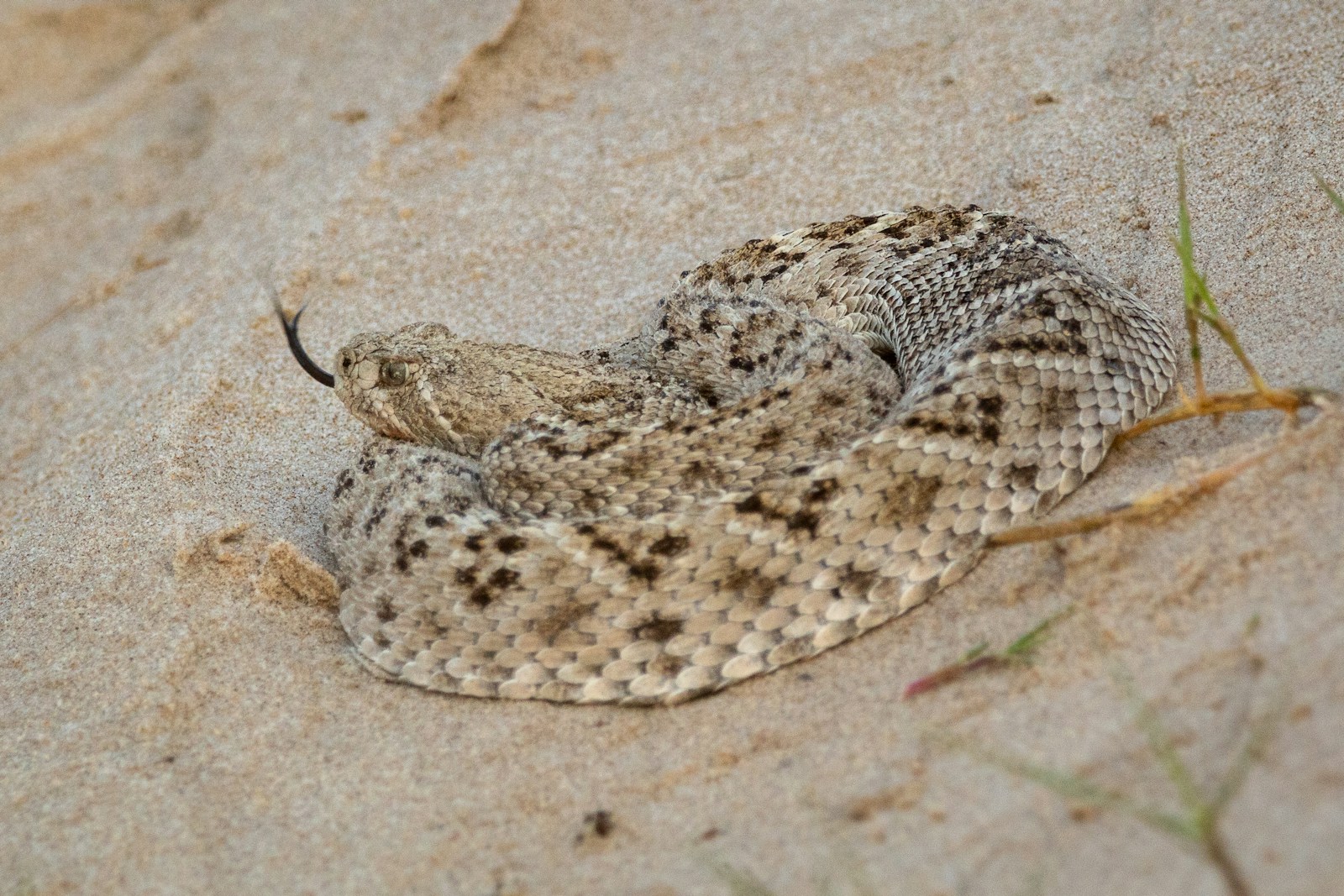
Observing sidewinders in their natural habitat presents significant challenges due to their nocturnal habits and expert camouflage, but patient observers are occasionally rewarded with glimpses of their remarkable sand-surfing behavior. The best opportunities typically occur during the transitional periods of early morning or late afternoon when the snakes are most active but temperatures haven’t yet reached their daily extremes. Dedicated herpetologists studying these snakes often employ specialized equipment such as thermal imaging cameras and radio tracking devices to document their movements without disturbing natural behaviors. When spotted engaging in sand surfing, sidewinders typically appear as straight, rigid forms moving rapidly down dune faces, quite unlike their normal J-shaped sidewinding locomotion. National parks and protected areas within the Mojave and Sonoran deserts offer the best opportunities for responsible wildlife enthusiasts hoping to observe these remarkable reptiles, though always from a safe distance and with proper guidance.
Scientific Research and Recent Discoveries

Recent scientific research has continued to uncover fascinating aspects of sidewinder locomotion and thermal regulation that were previously unknown. Biomechanics researchers at Georgia Tech and Carnegie Mellon University have used high-speed videography and robotic models to analyze the precise mechanisms behind sidewinding and sand surfing, with their findings informing the development of snake-inspired robots designed for desert exploration. Studies employing implanted temperature sensors have revealed that sidewinders can maintain their body temperature within a remarkably narrow range of ±2°F even as ambient temperatures fluctuate by over 60°F throughout a 24-hour period. Perhaps most surprisingly, research published in the Journal of Experimental Biology in 2019 discovered that juvenile sidewinders appear to learn and refine their sand-surfing techniques through practice, suggesting a previously unrecognized capacity for behavioral learning in these reptiles. This growing body of research continues to demonstrate that these remarkable snakes are even more sophisticated than previously understood.
Conservation Challenges in a Changing Climate
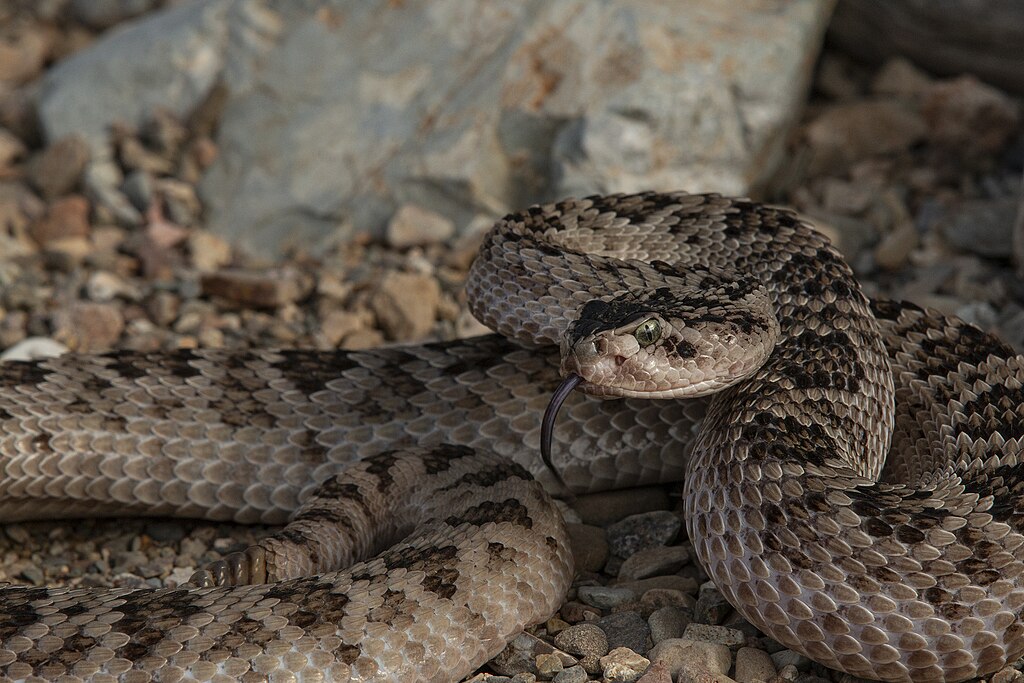
Despite their remarkable adaptations for desert survival, sidewinder rattlesnakes face growing threats from climate change and habitat disruption that may test the limits of their evolutionary adaptations. Climate models predict that the American Southwest will experience more frequent and extreme heat waves in coming decades, potentially pushing temperatures beyond even the sidewinder’s impressive heat management capabilities. Off-road vehicle recreation in desert environments poses another significant threat, as it disrupts the delicate structure of sand dunes that sidewinders rely on for thermal refuges. Conservation efforts focused on these specialized reptiles include the establishment of protected corridors between dune habitats and restrictions on recreational activities in key sidewinder territories during the most vulnerable summer months. Some conservation biologists have proposed the creation of artificial microhabitat structures that could provide additional thermal refuges as natural options become more limited in an increasingly hot climate.
Biomimicry: Learning from Nature’s Engineers

The sidewinder’s remarkable sand-surfing abilities have not gone unnoticed by engineers and roboticists seeking solutions for navigating challenging terrains. Several research institutions have developed snake-inspired robots that mimic sidewinder locomotion for applications ranging from search and rescue operations in disaster zones to planetary exploration on Mars, where sandy terrains present challenges similar to desert environments on Earth. Researchers at the Biologically Inspired Robotics Laboratory have incorporated the principles of sidewinder movement into robots that can navigate sand, gravel, and other loose substrates with unprecedented efficiency. The unique surface properties of sidewinder scales, which optimize friction for both grip and release during movement, have inspired materials scientists to develop new surfaces for applications in transportation and medicine. Beyond robotics, civil engineers studying erosion control have drawn insights from how sidewinders interact with sand surfaces to develop more effective barriers against wind-driven sand migration in desert regions.
Cultural Significance and Human Perceptions

Throughout human history, sidewinder rattlesnakes have occupied a complex place in the cultures of indigenous peoples of the American Southwest, often appearing in traditional stories as symbols of both danger and remarkable adaptation. The Tohono O’odham people traditionally viewed the sidewinder’s distinctive movement as a demonstration of intelligence rather than a mere physical adaptation, incorporating the snake into teaching stories about resourcefulness and problem-solving. Early European settlers and explorers frequently documented their fascination with the sidewinder’s unusual locomotion in journals and correspondence, though often with a mixture of fear and misunderstanding. Today, the sidewinder continues to capture public imagination, appearing in nature documentaries and educational materials that highlight its remarkable adaptations. Conservation educators have found that the sidewinder’s sand-surfing behavior serves as an effective “ambassador” behavior that helps generate public support for reptile conservation efforts, transforming fear into fascination for these extraordinary desert inhabitants.
Conclusion

The sidewinder rattlesnake’s remarkable ability to glide down sand dunes represents one of nature’s most elegant solutions to the challenge of desert survival. Through the evolution of specialized locomotion, behavioral adaptations, and an intimate relationship with its dune habitat, this serpent has mastered life in one of Earth’s most thermally challenging environments. As climate change intensifies the conditions in desert ecosystems, the survival strategies of the sidewinder offer both inspiration for human technology and important lessons about adaptation in extreme environments. By studying these remarkable reptiles, scientists continue to uncover new insights about the physics of movement, thermal regulation, and the ecological relationships that have allowed sidewinders to thrive where few other creatures can survive. These desert gliders stand as testament to the extraordinary adaptability of life on our planet and the endless inventiveness of evolutionary processes.

